Tamron 20-40 mm f/2.8 Di III VXD
6. Distortion and field of view
Field of view
A full frame linear 20-40 mm lens is supposed to provide angles of view ranging from 94.5 to 56.8 degrees. Of course some exceptions are allowed; as you are going to find out in a moment the lens doesn't correct distortion in a perfect way so is not a rectilinear device. What's more, its real focal length might be different than the official one. The producers usually round the values to full numbers and derogations of 2-3% aren't a big surprise for anybody. For example if the focal length of this Tamron at its longest end was closer to 41 mm the official specifications still would feature a value of 40 mm.Fortunately, we don't have to guess anything when it comes to fields of view of the tested Tamron because we were able to measure it properly, for rays of light coming from infinity. We took photos of starry sky and then we transformed the pixel layout (X,Y) from the photo into the equatorial coordinate system (right ascension and declination), which locates a star on a celestial sphere.
We used over 200 stars, spread evenly across the frame in case of the 20 mm focal length and transforming error amounted to a bit over 3 minutes of arc. The field of view, measured this way, amounted to 96.7 deg, with measurement error on a level of 0.2-0.3 deg. As you see, here the lens provides a bit wider field than officially declared, a piece of good news.
Please Support UsIf you enjoy our reviews and articles, and you want us to continue our work please, support our website by donating through PayPal. The funds are going to be used for paying our editorial team, renting servers, and equipping our testing studio; only that way we will be able to continue providing you interesting content for free. |
- - - - - - - - - - - - - - - - - - - - - - - - - - - - - - - - - - - - - - - - - - - - - - - -
In case of the 40 mm focal length the accordance with official declarations is simply perfect. The transformation based on over 150 stars allowed us to determine the field as 56.9 deg with the measuring error of about 0.1 of a degree.
Distortion
When it comes to the smaller APS-C detector, distortion will be noticeable only at the shortest focal length where you see slight barrel deformations of -2.84%. In the focal range centre this aberration decreases to an imperceptible level of -0.40%, then changes the sign, and at 40 mm you deal with a bit of pincushion of +0.63%.
| Sony A7R III, APS-C, 20 mm | |||
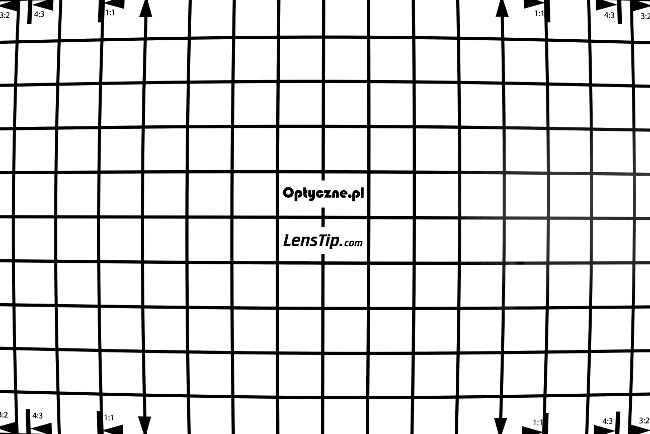
|
|||
| Sony A7R III, APS-C, 30 mm | |||
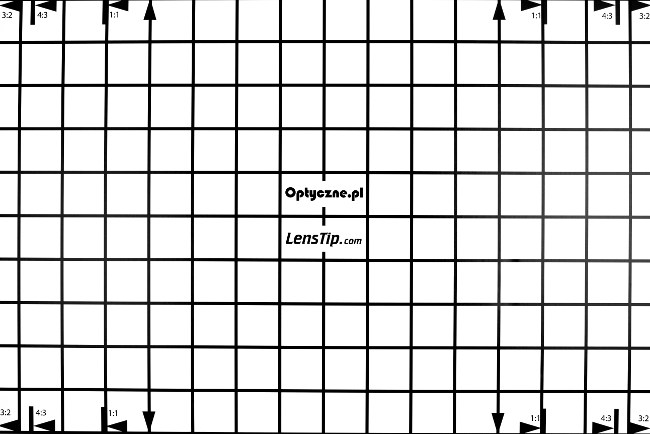
|
|||
| Sony A7R III, APS-C, 40 mm | |||
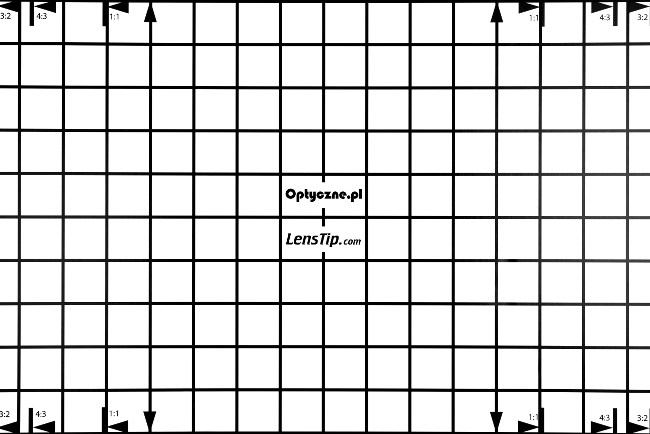
|
|||
On full frame there are more problems. At 20 mm barrel deformations increase to -3.59% and slight moustache distortion appears as well. As a result, if you limit your measurements to 1:1 markings area distortion will increase to -4.78%, becoming a noticeable problem. Fortunately, as we've written earlier, the producers provided a bit of spare field of view at our disposal in order to fullfil the lens's official specifications even after correcting this distortion.
In the middle of the focal range distortion decreases to -0.41%, then it changes the sign and at 40 mm it amounts to +1.07%. Such a level is noticeable but it shouldn't be considered a serious problem.
| Sony A7R III, FF, 20 mm | |||
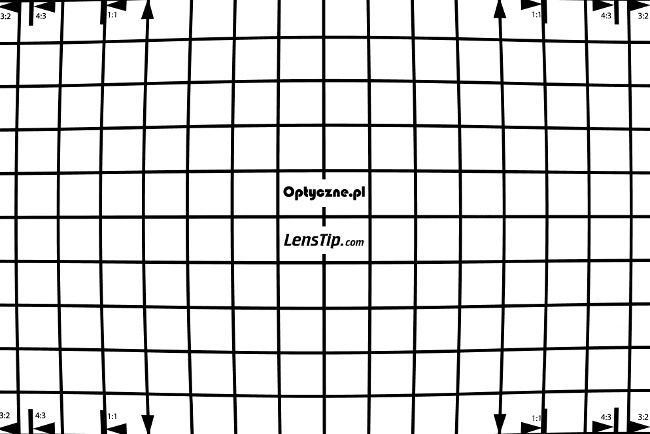
|
|||
| Sony A7R III, FF, 30 mm | |||
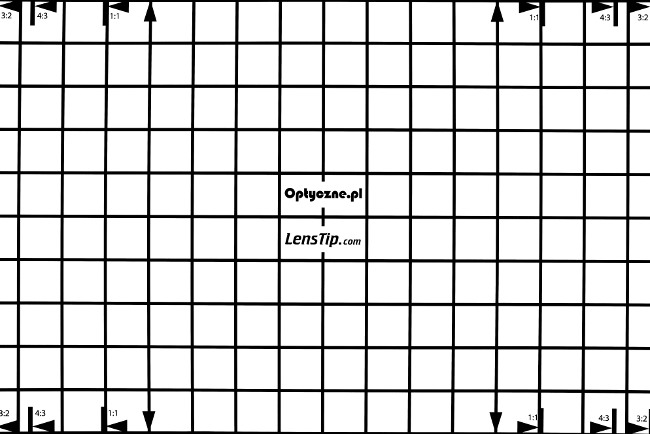
|
|||
| Sony A7R III, FF, 40 mm | |||
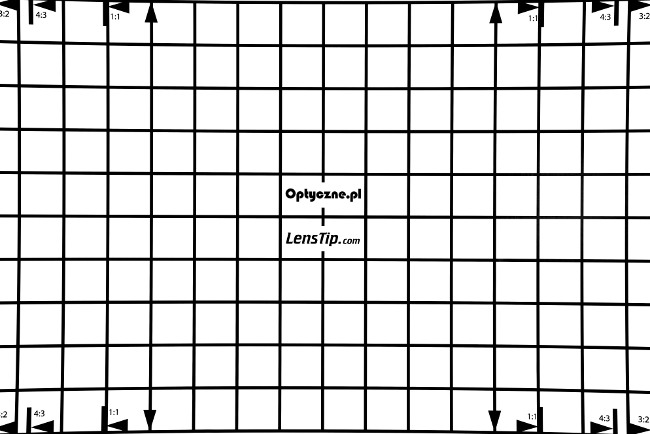
|
|||






